The Hobbit Trilogy Review
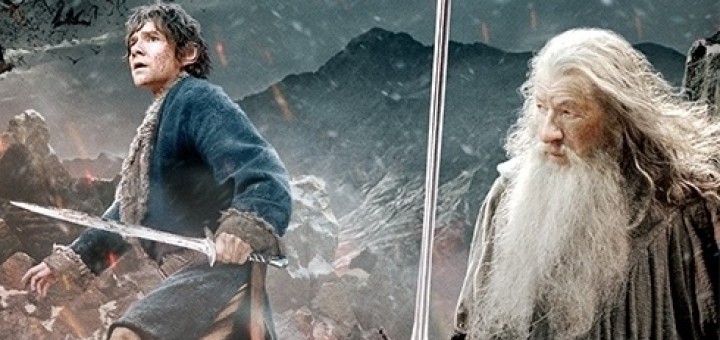
by: J.D. Cook
The Lord of the Rings: The Fellowship of the Ring is my all-time favorite movie and the Hobbit is one of my favorite books so I was naturally very excited for the Hobbit trilogy of films. Now that it has wrapped up I believe I can give the trilogy an honest review.
The Director of all of these films, Peter Jackson, said on the special features for the Lord of the Rings that the more the writers tried to go away from J.R.R Tolkien’s original story the more they realized very little should be changed. Sadly, those same writers did not seem to have nearly as much respect for Tolkien’s work while making the Hobbit. It’s not that the Hobbit trilogy has been utterly terrible. That is what makes the situation so sad.
The film’s cast was perfect. Martin Freeman had been my first choice to play a younger Bilbo Baggins since I had seen him in the Hitchhikers Guide to the Galaxy back in 2005. The film brought back virtually all of their creative talent from the Lord of the Rings, insuring the world would look and feel as close to the original trilogy as possible. Unfortunately that was where the Hobbit’s good fortune ended.
In an effort to expand on Tolkien’s original work the screen writers expanded the story by using the appendices to the Return of the King. These are short snippets Tolkien included to further flesh out and explain his world. There are some things that fit naturally in the Hobbit’s narrative frame. Gandalf vanishes from the story for a long time in the book, and explaining that by including the fortress of Dol Guldor in Mirkwood is interesting. The love triangle between Legolas, Fili and the invented female elf is not. Every time you see her make googley eyes at her dwarf love, the film becomes virtually unwatchable. I would have no issue with her inclusion if she was fleshed out as a character and not just someone for two established characters to have a lovers quarrel over. It is made even worse by the fact that Gimili’s love for Galadriel, in Lord of the Rings, is supposed to be extremely special because Elves and Dwarves are always so hostile but if one out of every 12 dwarfs falls for an elf what makes Gimili’s love so special?
All three Hobbit films also suffered from a huge lack of efficient editing. Neither one needed to be as long as it was and there was certainly no need for three films. Furthermore the 3rd film, the Battle of Five Armies, begins with the dragon Smaug’s death which feels very much like it should have been the ending of the previous film, the Desolation of Smaug. The aforementioned Dragon voiced by Benedict Cumberbatch was easily the best use of C.G.I. in these three films. The pale Orc, who is actually dead long before the story of the Hobbit takes place, was its worst. At no point did he look convincingly real. The excesses really killed this trilogy, whether it was battles that lasted far too long, the use of C.G.I. or just the length of the movies.
The one place I wouldn’t have minded some excess was with the focus on Bilbo Baggins. (That’s part of why he’s been named Comics Movies and Games first Character of the Month!) His screen time has to roll in far below almost all the other main characters. The story just never felt like it belonged to him because all of the other events seemed to take center stage. Because of this the movies misses out on the core messages of the Hobbit.
The first is that a good person is worth all the gold in the world. Time and again Bilbo’s morality and resourcefulness saves the dwarves who are never willing to risk their own hides. Thorin clashes with Bilbo throughout the story but he finally acknowledges that Bilbo was the best of them on his deathbed. This story arc is lost in the film because Bilbo’s role in saving the dwarfs is minimized and Thorin comes to respect Bilbo by the end of the first film instead of the third.
The second is that greed is very dangerous. In the film they replace greed, a natural character flaw that’s existed in fiction and reality since the dawn of time, with Dragon’s Sickness. The writers do a disservice to the characters by replacing their greed with a made up sorcery that lies on Dragon’s gold and the treasured jewel called the Arkenstone. The one ring is the only piece of jewelry that should corrupt its wearers.
The last and most important thing the films missed was that war can be a bloody and pointless thing. The Hobbit was very much influenced by Tolkien’s experiences in World War One. So that battle at the end of the story is a pointless squabble over gold and it’s only when the orc’s arrive that the elves men and dwarves unite but they actually do come to blows in the book versus in the movie where the orcs arrive before any of them fight. The movies also don’t portray the battle as something that is tragic. Instead it is greeted with the same kind of glee that the singing in the films are. In the Lord of the Rings the battles are heroic because they are nobly fighting pure evil. In the Hobbit that’s not true because all of the sides have a bit of a rightful claim on the gold in the Lonely Mountain.
Overall, these three films have all been entertaining and although they do not reach the artistic heights of the Lord of the Rings, I am still very happy to have seen them made. It was a thrill to once again step into Middle Earth and I will miss it dearly in the coming years. Hopefully, one day in the future we will get to see some of the fantastic stories of the Silmarillion made into movies but perhaps it will be with new creative talent giving us a completely fresh take on Tolkien’s universe.

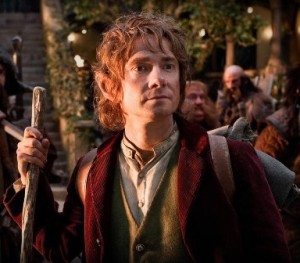
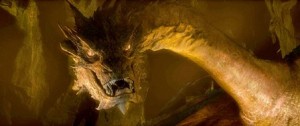
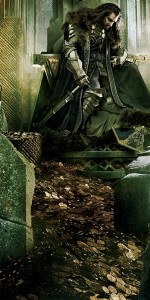
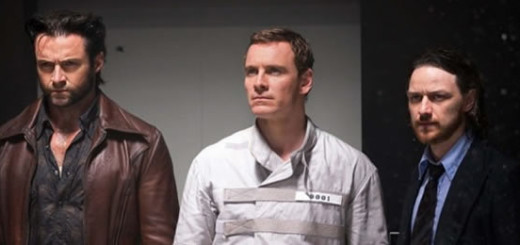
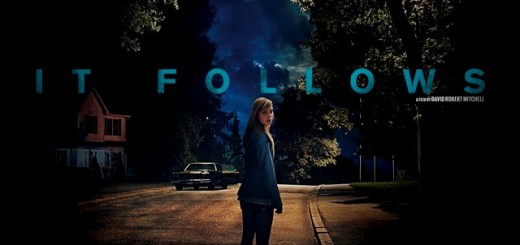
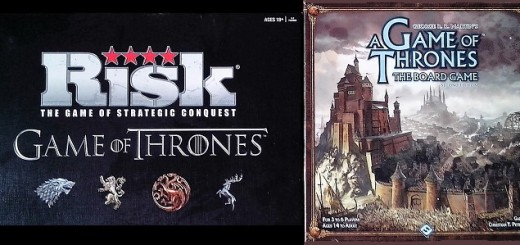
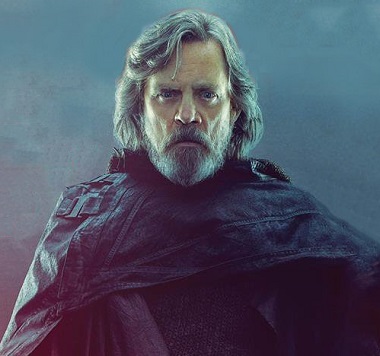


1 Response
[…] that weren’t taken from the source material. This was also the case in the less successful Hobbit […]